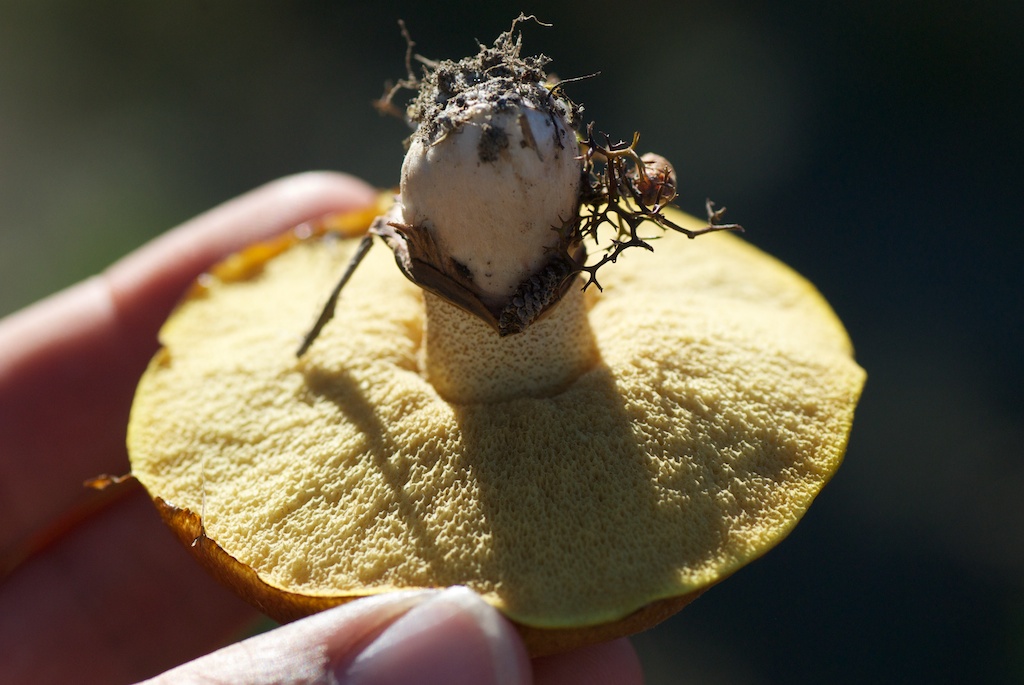- Mycorrhizal fungi connect the roots of plants to the surrounding soil and facilitate the exchange of water and nutrients for sugars from the sun, playing a vital role in the health of terrestrial ecosystems.
- The Society for the Protection of Underground Networks (SPUN), a scientific initiative focused on mapping and conserving mycorrhizal networks, announced it’s received a $3 million general operating grant from the Schmidt Family Foundation.
- SPUN says it will use this funding to map mycorrhizal biodiversity around the planet in biodiversity hotspots and in places that can survive extreme climate events and that have the potential to store large amounts of carbon.
- Among the first expeditions planned is a month-long visit to the Palmyra Atoll in the center of the Pacific Ocean, the world’s most remote island, where the team will study the connection between birds, trees, underground fungi and underwater coral reefs
Beneath our feet, a vast network of fungus spreads like a web. Mycorrhizal fungi connect the roots of plants to the surrounding soil, facilitating the exchange of water and nutrients for sugars from the sun and playing a vital role in the health of terrestrial ecosystems. Now, this “wood wide web” is getting a conservation boost.
The Society for the Protection of Underground Networks (SPUN), a scientific initiative focused on mapping and conserving mycorrhizal networks, has announced it’s received a $3 million general operating grant from the Schmidt Family Foundation.
“Without fungi, there would be no life on Earth. But climate change is putting fungal systems — and with them all our ecosystems, not to mention the foundations of all agriculture — at increasing risk,” Wendy Schmidt, co-founder and president of the Schmidt Family Foundation, said in a statement. “The dedicated scientists of SPUN recognize that to protect fungal networks, we need to bring them into a clearer focus and understand the crucial role they play in cleaning our air, creating our food and making life itself possible.”
SPUN says it will use this three-year grant to map mycorrhizal biodiversity around the planet through expeditions to hotspots of biodiversity and places that can survive extreme climate events, as well as places with the potential to store large amounts of carbon. It will also employ machine learning to study underground fungal networks.
“We need to work with communities to document underground biodiversity hotspots before they disappear,” Toby Kiers, a professor of evolutionary biology at VU Amsterdam and executive director of SPUN, said in a statement.
“We can no longer overlook what’s underground: mycorrhizal networks have shaped life on Earth for more than 475 million years. They help sequester carbon, move nutrients, and protect ecosystem biodiversity,” said Kiers, who was named one of Time magazine’s 2022 TIME100 Next for her research on mycorrhizal networks.
Among the first expeditions planned is a month-long visit to the Palmyra Atoll in the center of the Pacific Ocean, the world’s most remote island. In November, the team will study the connection between birds, trees, underground fungi and underwater coral reefs on the atoll.
Already SPUN has been mapping mycorrhizal fungal communities in Colombia, Ecuador, and the Apennine Mountains in Italy, which has experienced devastating droughts over the past few years attributed to climate change.
“[W]e need to act fast,” Kiers said. “The destruction of underground ecosystems accelerates climate change and biodiversity loss and interrupts vital global nutrient cycles. Mycorrhizal networks should be regarded as a global public good to be protected and restored.”
Banner image from Jon Sullivan via Flickr.
Liz Kimbrough is a staff writer for Mongabay. Find her on Twitter @lizkimbrough
FEEDBACK: Use this form to send a message to the author of this post. If you want to post a public comment, you can do that at the bottom of the page.
